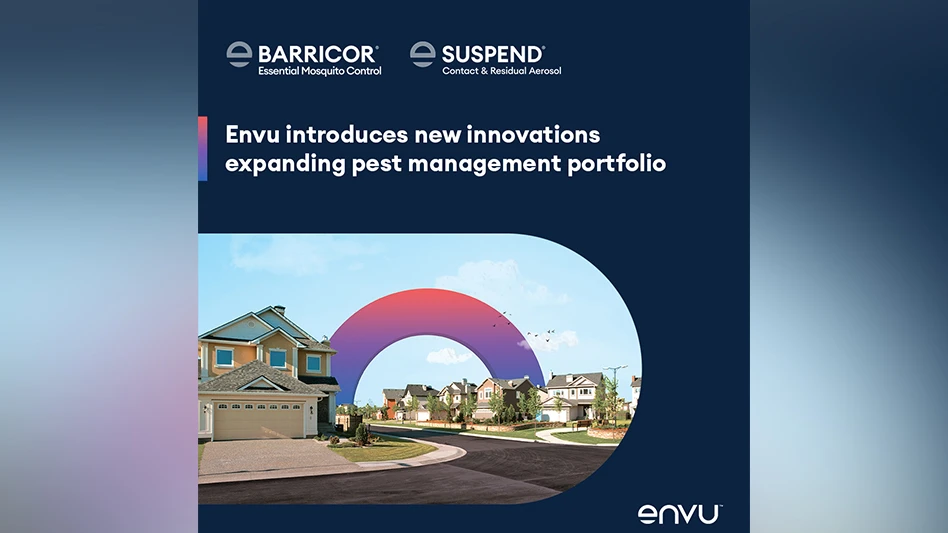During times of economic crisis, many small businesses take a financial beating and need to decrease budgets. Unfortunately, in a down economy, marketing is often one of the first budget line items to get cut. As a result, many small businesses find themselves looking for innovative ways to market their services without falling into a financial hole. Luckily, if you are faced with this situation starting out the new year, there are several simple, cost-effective ways in which businesses can continue to make a splash and get noticed.
Maintain a strong web presence. Success in the online space often requires time and money, but there are ways to help build credibility and enhance a company’s image online with a small budget. Step one is to understand the power of developing and maintaining a strong online presence in a world where billions of people use the Internet. Once you do that, the options are endless.
Update the website: Often, businesses spend a good amount of time and money to create a website. The problem is that once the site is up and running, it’s easy for it to become stale. To prevent this from happening, websites need to be updated on a regular basis with new content that’s fresh and timely. While a complete website upgrade may not be in the budget, there are simple ways to give the website a new look. You can highlight a new service on the homepage, upload photos of common pests or add some educational materials for consumers to read. Try posting seasonal coupons that offer a discount on specific services or provide incentives for customer referrals.
Start a blog: For small business owners, having a blog presence on a website can be beneficial in building traffic, connecting with potential customers and positioning the company as savvy and forward-thinking. But for this type of marketing initiative to work, it requires time and consistent effort. The more regularly new updates are posted, the more visitors will be enticed to read the blog on an ongoing basis. Try adding a new blog post once or twice a week that discusses an interesting pest-related article, highlights a local pest issue in the neighborhood, or provides seasonal pest-proofing tips for consumers.
Create free listings: One of the easiest and least expensive ways to market beyond a website is to set up listings in search engine local directories. Many sites are available free of charge to list a business, along with a description, contact information and website URL. These include Yelp, Google Local Business Center, Angie’s List, Yahoo! Local and YellowPages.com. Many of these sites allow comments, so encourage your customers to leave thoughts about their pest control experience, which can boost the company’s credibility and expertise. However, this also opens the door to receiving unwanted, negative feedback. It is important to monitor the comments on a regular basis, and respond evenly and appropriately. If needed, offer to take the conversation offline to address a customer’s concerns.
Take advantage of social media. There’s no denying it — social media platforms, namely Facebook and Twitter — have become an essential part of many small business marketing plans. But just having a presence on Facebook isn’t enough to get a business noticed among the millions of other brands also using the platform. It’s important to take advantage of all the services Facebook has to offer, and many of them avoid a hefty price tag.
Facebook advertising: At a time when businesses are cutting marketing budgets, it’s becoming difficult to promote services in the traditional sense of advertising. However, social networking websites like Facebook have incorporated advertising into the mix, giving marketers a low-cost option to reach their target audience online. The benefit of purchasing Facebook ads is that they are flexible, allowing businesses to adjust the budget, design and target audience when desired. This is a great opportunity for marketers to test results with multiple campaigns. Staying within a budget using Facebook ads is simple because the tool lets users set daily and lifetime expenditure limits for each campaign. In fact, campaigns can cost as little as $50 per month, so it’s a relatively inexpensive tactic with a good return on investment.
Facebook offers: Any business can create an “offer” free of charge and have the opportunity to customize the coupon for their fans. Facebook fans click on the offer, claim it and then receive directions on how to redeem the coupon. For instance, you could create an offer for 20 percent off a termite inspection or annual contract when signing up for a quarterly service.
Keep up with media relations. One of the most cost-effective methods for gaining awareness and visibility of a brand is through media relations. In most cases, this tactic is cheaper than advertising and can be extremely valuable to small businesses.
Pitching and press releases: Has your company recently done something newsworthy? Write a press release and distribute it to local TV stations, newspapers and online news outlets in the area. Press releases are a simple tactic to proactively get media coverage and share information with the public. Or draft a simple email focusing on seasonal pests and pitch it to the media.
Monitor the news: It’s beneficial to monitor the news for topics that affect the industry as a whole. Taking a few minutes each day to read the newspaper or search the Web for pest-related news will help generate ideas for blog posts or press releases, and will keep you abreast on important issues or developments in the industry.
Repurpose media coverage: To maximize media exposure, include snippets of your media coverage in brochures, print advertisements or even on the website. Don’t forget to cross-promote on Facebook and Twitter, sharing links to the article or news segment. If you secure a media hit in a print publication, seek permission from the publisher to reprint the article. Make photocopies for field workers to hand out to customers when servicing their property.
Get personal and back to basics. As a marketer, your job is to make your target audience feel like you are speaking to their specific needs. Getting personal with marketing tactics can resonate with potential consumers and encourage them to use your services.
Network: Whether striking up a conversation about your business with the person standing behind you in the coffee line or connecting with someone on LinkedIn, networking can be the key to continued success. One of the smallest, yet most impactful marketing tools that can be used when networking is the business card. Make sure your business card is creative and eye-catching, but also includes the necessary contact information like a phone number and a Web address. Another way to take advantage of networking is by exhibiting at a local or regional home show. This is a fun way interact with attendees who can potentially become future customers.
Connect with the community: Getting involved in the community is a sure fire way to promote a business locally. For example, consider participating in the local Chamber of Commerce, sponsoring a sports team by buying their uniforms or collaborate with an elementary school to help educate the youth about the importance of pest management. There are a multitude of grassroots efforts that can encourage your neighbors to become customers.
Regardless of how the economy may decline or grow, there are many ways to get big results with a small business budget. The trick is staying nimble and having a plan in place.
The author is executive director of the Professional Pest Management Alliance. She can be reached at mhenriksen@giemedia.com.
WANT MORE?
Enter your email to receive our newsletters.

Explore the December 2012 Issue
Check out more from this issue and find your next story to read.
Latest from Pest Control Technology
- How to Get Rid of Odorous House Ants
- Massey Services Promotes Herndon to Director of Sales for Multi-Family Division
- NPMA Announces First Recipients of NPMA PRO Certified Credential
- Pestmaster of the Hudson Valley Acquires Catskill Animal Damage Control
- Photo Slideshow: Ant Identification Tips
- Video: Top 10 PCT Photo Contest Finalists
- UF/IFAS Study Reveals Boats as Perfect Vessels for Global Termite Spread
- Pest Control Consultants (Iowa) Earns Pinnacle Performance Award







